| Islamic art bears witness to a rich creativity and an incredible cultural diversity spanning three continents and encompassing one thousand three hundred years of history. The objects discovered on the archeological site of Susa afford an insight, on the scale of one city, into certain artistic evolutions during the centuries of a nascent Islamic civilization. Playing host to ceramic wares kept at the Musée du Louvre, the Fourth Louvre - DNP Museum Lab presentation seeks to chart the development of Islamic art through an introduction to the earliest centuries of this civilization, the city of Susa, and the manufacturing techniques of ceramic wares found in the Islamic world, such as metallic lusterware. In 2010 the Musée du Louvre will be opening a new gallery for its Islamic Art department, in what will mark the culmination of one of its most ambitious projects since the construction of the pyramid. The Louvre intends to take advantage of innovative ideas proposed during this Fourth Museum Lab presentation for the development of this new gallery. Let Museum Lab's completely novel approach to artworks help you to understand the creative context of the works on display and to discover the full splendor of Islamic art. |

 |
| Did you know that one of the world's finest collections of Islamic art is owned by the Louvre? The museum's collection was considerably enriched by the finds of teams of French archaeologists who excavated the Iranian city of Susa for a century, discovering treasures such as the Code of Hammurabi and compiling a wealth of precious documentation. Explore the astonishing world of Islamic art with the Louvre as your guide. |
 |
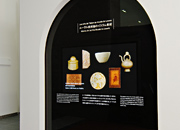 |
|

 |
The Muslim religion was founded by the prophet Muhammad in the Arabian peninsula in the early 7th century. For almost two centuries, the first Islamic state launched a series of major conquests, as a result of which the Islamic civilization had spread from Spain in the west to Pakistan in the east by the mid-8th century.
This fourth DNP - Museum Lab presentation begins with an overview of the history and geography of the early Islamic civilization, presented with the aid of a huge map spanning three continents; it then focuses on the city of Susa, where the exhibits on display were discovered. The techniques used by the craftsmen will be highlighted as you approach the exhibits themselves. |
 |
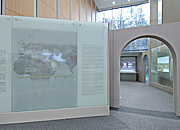

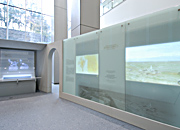 |
|

 |
| Your presence is detected from the moment you enter the presentation area until the end of your visit. Information concerning Islamic art is automatically displayed as you pass. Specimens of Islamic art are on display in the presentation room, accompanied by detailed information designed to provide a fuller understanding of these treasures. |
 |
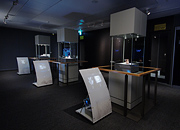 |
 |
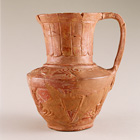

Pitcher
8th-9th century
H.: 11.5 cm
Diam. of body: 8.5 cm |
|
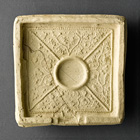

Stand
7th-8th century
H.: 2.6 cm
W.: 11.5 cm |
|
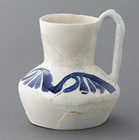

Pitcher with half palmettes
Late 8th-10th century
H.: 12 cm
max. Diam.: 11.7 cm |
|
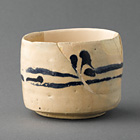

Bowl with pseudo-epigraphic decoration
Late 8th-10th century
H.: 8.1 cm
max. Diam.: 10.4 cm |
|
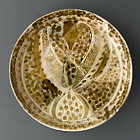

Platter with vegetal decoration
9th century
H.: 4.7 cm
max. Diam.: 25.8 cm |
|
|

